Research on the Subthalamic Nucleus Identification Algorithm Based on LFP Signals
DOI: 10.23977/medsc.2024.050521 | Downloads: 13 | Views: 841
Author(s)
Mingcai Yao 1, Dechun Zhao 1, Keji Zhang 1, Ziqiong Wang 1
Affiliation(s)
1 School of Life and Health Information, Chongqing University of Posts and Telecommunications, Chongqing, 400065, China
Corresponding Author
Mingcai YaoABSTRACT
Deep Brain Stimulation (DBS) has become an effective treatment for neurological disorders such as Parkinson's Disease (PD). During DBS surgery, brain signals at different depths are recorded through electrodes to accurately determine the electrode's implantation position and depth. Among these signals, Local Field Potentials (LFPs) reflect the synchronized activity of neuronal populations in specific brain regions, which is closely associated with the pathological mechanisms of Parkinson's disease. This study proposes an improved model based on Residual Neural Network (ResNet). In this model, a Residual Shrinkage Module is embedded into the residual block, and a soft threshold function is introduced to effectively suppress noise interference in the signals. Additionally, the model incorporates multi-scale convolution paths by constructing three independent DR-ResNet branches, each using different-sized convolution kernels to comprehensively capture multi-scale features in the LFP signals. Furthermore, an attention mechanism is applied to fuse and enhance the extracted features, thereby improving the accuracy of signal classification. Cross-validation results on the publicly available dataset from the University of Oxford demonstrate that the improved model achieves a classification accuracy of 94.67%, with an F1 score of 94.58%, showcasing strong robustness and superior classification performance.
KEYWORDS
Deep Brain Stimulation; Local Field Potential; Multi-scale; Residual Neural Network; Attention MechanismCITE THIS PAPER
Mingcai Yao, Dechun Zhao, Keji Zhang, Ziqiong Wang. Research on the Subthalamic Nucleus Identification Algorithm Based on LFP Signals. MEDS Clinical Medicine (2024) Vol. 5: 151-162. DOI: http://dx.doi.org/10.23977/medsc.2024.050521.
REFERENCES
[1] Wang X N. Study on physiological changes of footbridge nuclear power in rats with Parkinson's disease [D]. Shandong Normal University, 2020.
[2] Espay A J, Brundin P, Lang A E. Precision medicine for disease modification in Parkinson disease[J]. Nature reviews neurology, 2017, 13(2): 119-126.
[3] Alam M, Heissler H E, Schwabe K, et al. Deep brain stimulation of the pedunculopontine tegmental nucleus modulates neuronal hyperactivity and enhanced beta oscillatory activity of the subthalamic nucleus in the rat 6-hydroxydopamine model[J]. Experimental neurology, 2012, 233(1): 233-242
[4] Wang Jing, WANG Xuilian, Wang Jilei, et al. Analysis of firing patterns of pallidus neurons in rats with Parkinson's disease [J]. Journal of Stereotactic and Functional Neurosurgery, 2007, 20(6): 321-325. (in Chinese)
[5] LeWitt P A. New levodopa therapeutic strategies[J]. Parkinsonism & related disorders, 2016, 22: S37-S40
[6] Valsky D, Blackwell KT, Tamir I, Eitan R, Bergman H, Israel Z. Real-time machine learning classification of pallidal borders during deep brain stimulation surgery[J]. J Neural Eng. 2020 Jan 6; 17(1):016021.
[7] Mann JM, Foote KD, Garvan CW, Fernandez HH, Jacobson CE 4th, Rodriguez RL, Haq IU, Siddiqui MS, Malaty IA, Morishita T, Hass CJ, Okun MS. Brain penetration effects of microelectrodes and DBS leads in STN or GPi[J]. J Neurol Neurosurg Psychiatry. 2009 Jul; 80(7):794-7.
[8] Schuepbach W M M, Rau J, Knudsen K, et al. Neurostimulation for Parkinson’s disease with early motor complications[J]. N Engl J Med, 2013, 368: 610–622.
[9] Boutet A, Madhavan R, Elias G J B, et al Predicting optimal deep brain stimulation parameters for Parkinson’s disease using functional MRI and machine learning[J]. Nat Commun, 2021, 12: 1–13
[10] Zhang F, Wang F, Li W G, et al Relationship between electrode position of deep brain stimulation and motor symptoms of Parkinson’s disease[J]. BMC Neurol, 2021, 21: 122
[11] Telkes I, Jimenez-Shahed J, Viswanathan A, Abosch A, Ince NF. Prediction of STN-DBS Electrode Implantation Track in Parkinson's Disease by Using Local Field Potentials[J]. Front Neurosci. 2016 May 9;10:198.
[12] J.D. Rolston, D.J. Englot, P.A. Starr, P.S. Larson, An unexpectedly high rate of revisions and removals in deep brain stimulation surgery: analysis of multiple databases[J]. Parkinsonism Related Disorders 33 (2016) 72–77.
[13] K. Rui, T. Maszczyk, A. An, Q. See, J. Dauwels, N. Kon, et al, A review on microelectrode recording selection of features for machine learning in deep brain stimulation surgery for Parkinson’ s disease[J]. Clinical Neurophysiology. 130 (1) (2019) 145–154.
[14] Farrokhi, Q.D. Buchlak, M. Sikora, N. Esmaili, M. Marsans, P. McLeod, et al, Investigating Risk Factors and Predicting Complications in Deep Brain Stimulation Surgery with Machine Learning Algorithms[J], World Neurosurgery 134 (2020) 468–481.
[15] Xiao L, Li C, Wang Y, et al. Automatic identification of sweet spots from MERs for electrodes implantation in STN-DBS[J]. International Journal of Computer Assisted Radiology and Surgery, 2021, 16(5): 809-818.
[16] Li C, Wang Y, Si W, Lin H, Zhang D, Cai X, Heng PA. Amplitude-frequency-aware deep fusion network for optimal contact selection on STN-DBS electrodes[J]. Science China Information Sciences. 2022 Apr;65(4):140404.
[17] Cao L, Li J, Zhou Y, Liu Y, Liu H. Automatic feature group combination selection method based on GA for the functional regions clustering in DBS[J]. Computer Methods and Programs in Biomedicine. 2020 Jan 1;183:105091.
[18] Peralta, Maxime, Quoc Anh Bui, Antoine Ackaouy, Thibault Martin, Greydon Gilmore, Claire Haegelen, Paul Sauleau, John SH Baxter, and Pierre Jannin. Sepaconvnet for localizing the subthalamic nucleus using one second micro-electrode recordings[C]. In 2020 42nd Annual International Conference of the IEEE Engineering in Medicine & Biology Society (EMBC), pp. 888-893. IEEE, 2020.
[19] Ciecierski, Konrad A., and Tomasz Mandat. Classification of DBS microelectrode recordings using a residual neural network with attention in the temporal domain[J]. Neural Networks,170(2024): 18-31.
[20] Karthick, P. A., Kai Rui Wan, Angela See An Qi, Justin Dauwels, and Nicolas Kon Kam King. Automated detection of subthalamic nucleus in deep brain stimulation surgery for Parkinson’s disease using microelectrode recordings and wavelet packet features[J]. Journal of Neuroscience Methods 343 (2020): 108826.
[21] Hosny, Mohamed, Minwei Zhu, Wenpeng Gao, and Yili Fu. Detection of subthalamic nucleus using novel higher-order spectra features in microelectrode recordings signals[J]. Biocybernetics and Biomedical Engineering 41, no. 2 (2021): 704-716.
[22] Hosny, Mohamed, Minwei Zhu, Wenpeng Gao, and Yili Fu. A novel deep LSTM network for artifacts detection in microelectrode recordings[J]. Biocybernetics and Biomedical Engineering 40, no. 3 (2020): 1052-1063.
[23] Valsky, Dan, Odeya Marmor‐Levin, Marc Deffains, Renana Eitan, Kim T. Blackwell, Hagai Bergman, and Zvi Israel. Stop! border ahead: Automatic detection of subthalamic exit during deep brain stimulation surgery[J]. Movement Disorders 32, no. 1 (2017): 70-79.
[24] Thompson, John A., David Lanctin, Nuri Firat Ince, and Aviva Abosch. Clinical implications of local field potentials for understanding and treating movement disorders[J]. Stereotactic and functional neurosurgery 92, no. 4 (2014): 251-263.
[25] Priori, Alberto, Guglielmo Foffani, Lorenzo Rossi, and Sara Marceglia. Adaptive deep brain stimulation (aDBS) controlled by local field potential oscillations[J]. Experimental neurology 245 (2013): 77-86.
[26] Feldmann, Lucia K., Wolf-Julian Neumann, Katharina Faust, Gerd-Helge Schneider, and Andrea A. Kühn. Risk of infection after deep brain stimulation surgery with externalization and local-field potential recordings: twelve-year experience from a single institution[J]. Stereotactic and Functional Neurosurgery 99, no. 6 (2021): 512-520.
[27] Ozturk, Musa, Ilknur Telkes, Joohi Jimenez-Shahed, Ashwin Viswanathan, Arjun Tarakad, Suneel Kumar, Sameer A. Sheth, and Nuri F. Ince.Randomized, double-blind assessment of LFP versus SUA guidance in STN-DBS lead implantation: a pilot study[J]. Frontiers in Neuroscience 14 (2020): 611.
[28] Hosny, Mohamed, Minwei Zhu, Wenpeng Gao, and Yili Fu. A novel deep learning model for STN localization from LFPs in Parkinson’s disease[J]. Biomedical Signal Processing and Control 77 (2022): 103830.
[29] Hosny, Mohamed, Minwei Zhu, Wenpeng Gao, and Ahmed M. Elshenhab. STN localization using local field potentials based on wavelet packet features and stacking ensemble learning[J]. Journal of Neuroscience Methods 407 (2024): 110156.
[30] Hosny, Mohamed, Minwei Zhu, Yixian Su, Wenpeng Gao, and Yili Fu. A novel deep recurrent convolutional neural network for subthalamic nucleus localization using local field potential signals[J]. biocybernetics and biomedical engineering 41, no. 4 (2021): 1561-1574.
| Downloads: | 9943 |
|---|---|
| Visits: | 662773 |
Sponsors, Associates, and Links
-
Journal of Neurobiology and Genetics
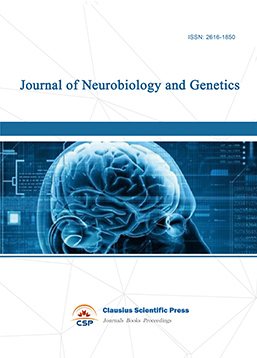
-
Medical Imaging and Nuclear Medicine
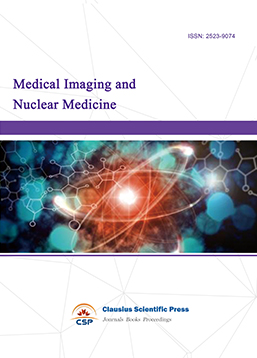
-
Bacterial Genetics and Ecology
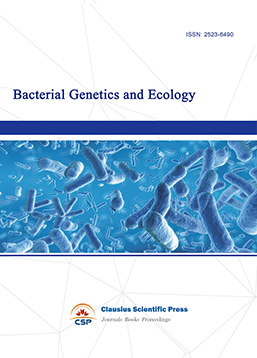
-
Transactions on Cancer
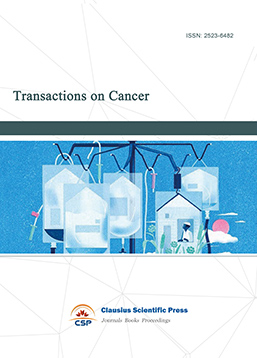
-
Journal of Biophysics and Ecology
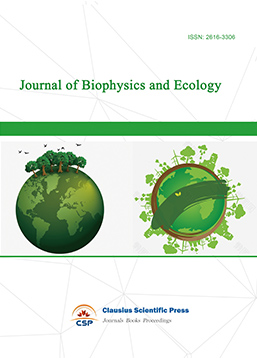
-
Journal of Animal Science and Veterinary
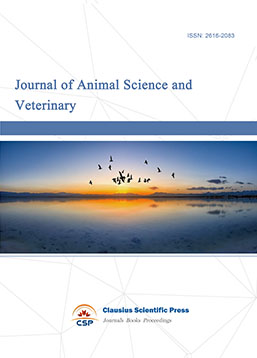
-
Academic Journal of Biochemistry and Molecular Biology
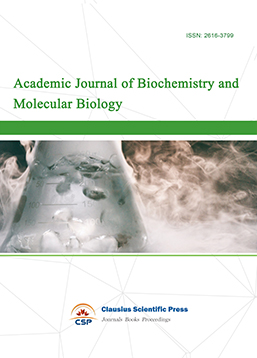
-
Transactions on Cell and Developmental Biology
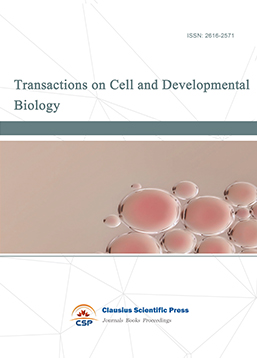
-
Rehabilitation Engineering & Assistive Technology
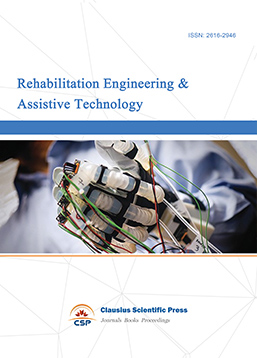
-
Orthopaedics and Sports Medicine
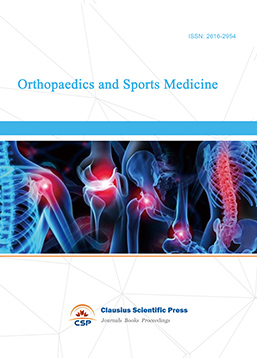
-
Hematology and Stem Cell
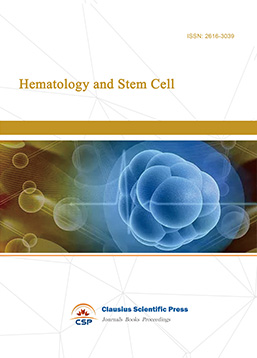
-
Journal of Intelligent Informatics and Biomedical Engineering
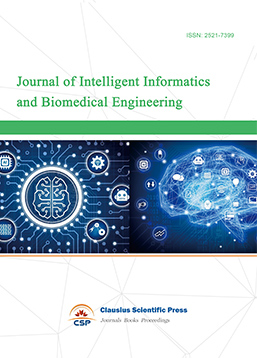
-
MEDS Basic Medicine
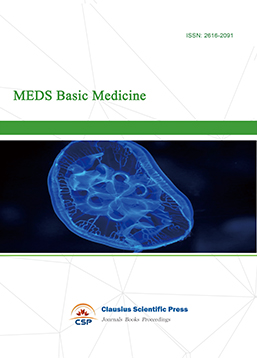
-
MEDS Stomatology
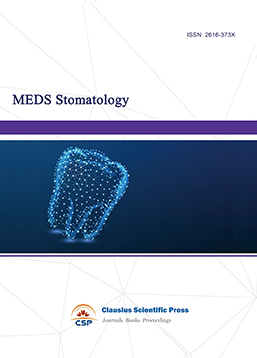
-
MEDS Public Health and Preventive Medicine

-
MEDS Chinese Medicine
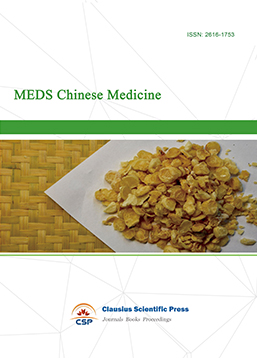
-
Journal of Enzyme Engineering
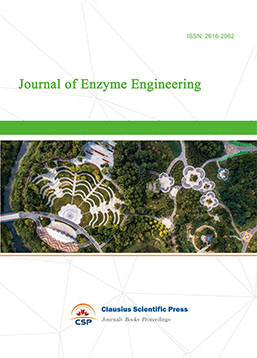
-
Advances in Industrial Pharmacy and Pharmaceutical Sciences
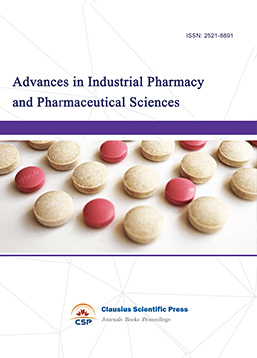
-
Bacteriology and Microbiology
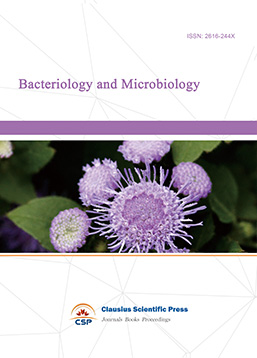
-
Advances in Physiology and Pathophysiology
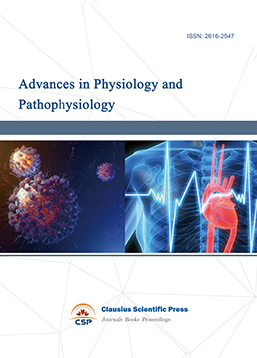
-
Journal of Vision and Ophthalmology
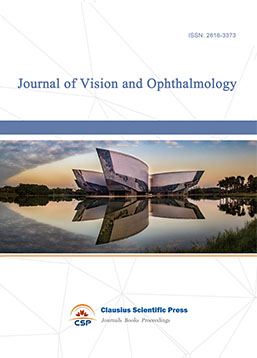
-
Frontiers of Obstetrics and Gynecology
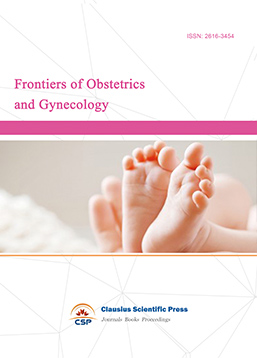
-
Digestive Disease and Diabetes

-
Advances in Immunology and Vaccines

-
Nanomedicine and Drug Delivery
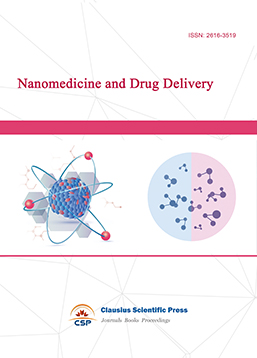
-
Cardiology and Vascular System
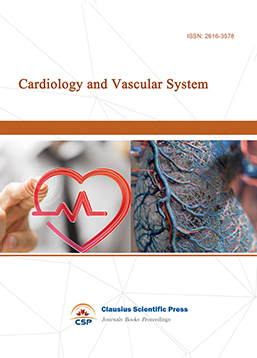
-
Pediatrics and Child Health
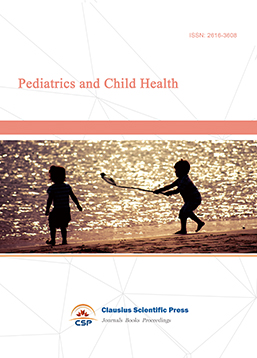
-
Journal of Reproductive Medicine and Contraception
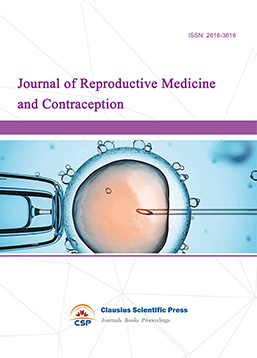
-
Journal of Respiratory and Lung Disease
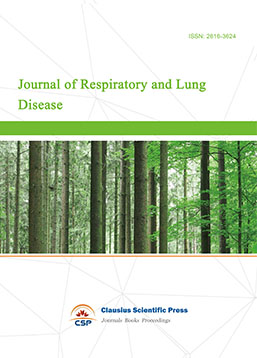
-
Journal of Bioinformatics and Biomedicine
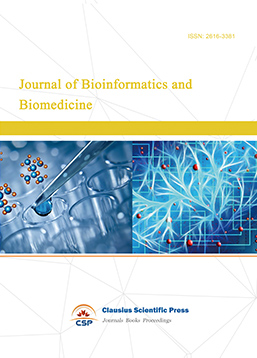

 Download as PDF
Download as PDF